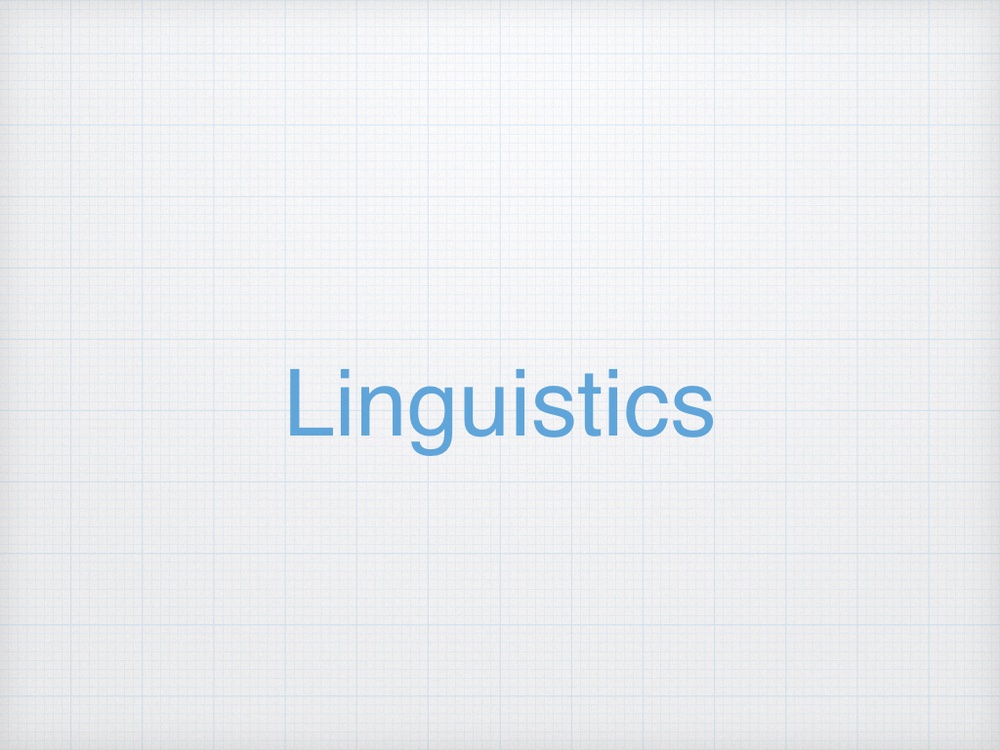慣習的な言語単位の構造化された目録
現在の生成文法は, ミニマリストプログラムという形で理論のミニマル化を推し進めている. 他方で, それと別のアプローチを用いる認知言語学では, マキシマリスト的な観点で研究が進められており, 言語は慣習的な言語単位の構造化された目録とされている. 次の引用を見てみよう.
Following Langacker, I assume that the grammar of a language is properly understood as “a structured inventory of conventional linguistic units” (1987: 57), and that the organization of this inventory largely reflects the experience speakers have of actual linguistic usage…
The approach is maximalist in that it views language as “a massive, highly redundant inventory” in which conventional units “run the gamut from full generality to complete idiosyncrasy” (1988: 131). It is non-reductive in that it allows for both general rules (or schemas) and specific instances of those rules as part of a speaker’s grammatical competence.
(Israel 1996)
この引用を見てみるとわかる通り, 認知言語学にとっての言語というのは一般的なルール(スキーマ)と特定のインスタンスの両方を想定するものであり, この点で生成文法とは根本的に異なる発想をしていることが明確にわかる.
参考文献
- Israel, M. (1996). The way constructions grow. In A. E. Goldberg (Ed.), Conceptual structure, discourse and language (pp. 217–230). CSLI Publications.
- Langacker, R. W. (1987). Foundations of cognitive grammar, vol. 1: Theoretical prerequisites. Stanford University Press.

